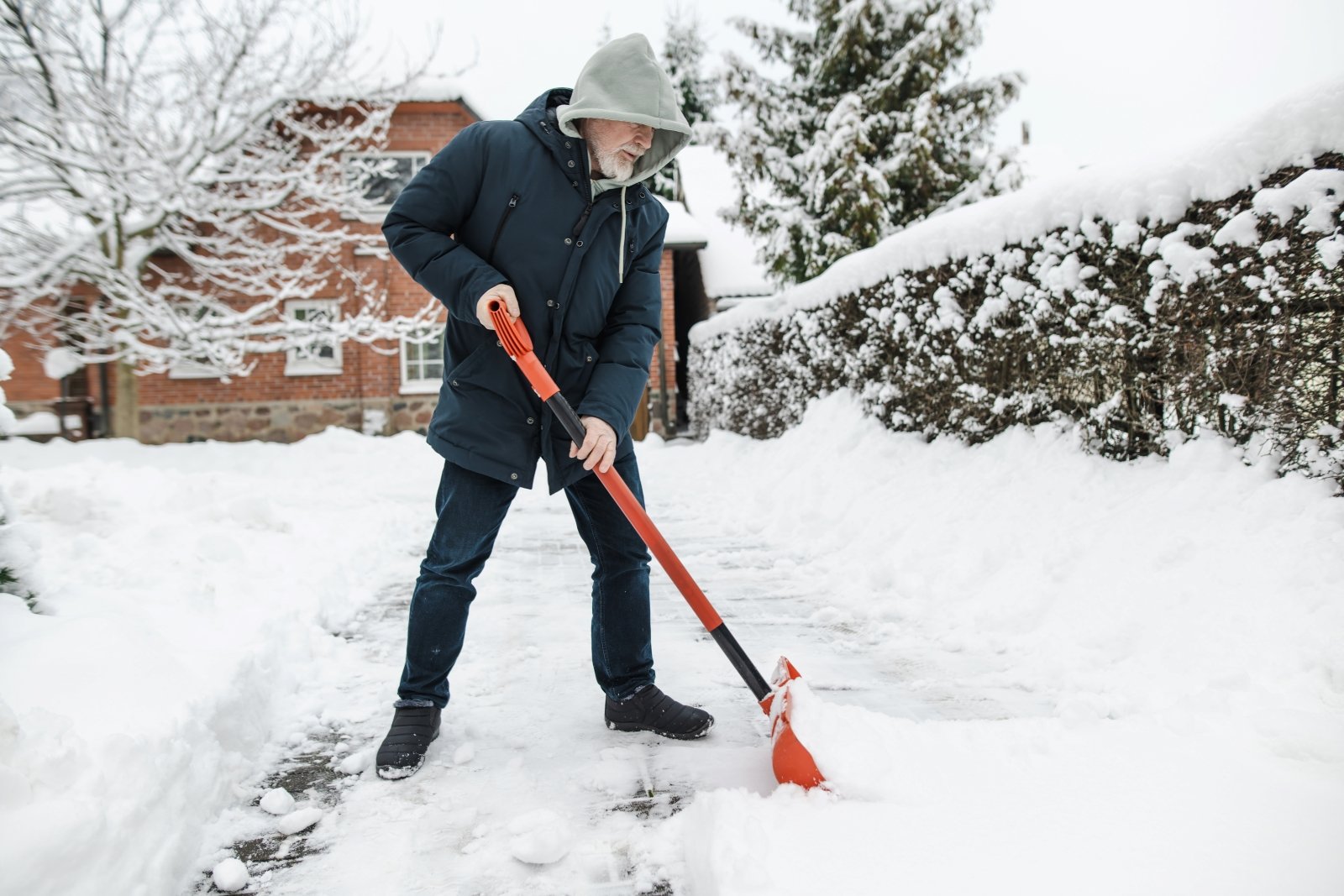If you are a true coffee connoisseur, you are likely to use freshly ground coffee. However, once you have enjoyed your “cup of joe,” you dump the used coffee ground without thinking much.
There’s so much more that can be done with that coffee ground. Our coffee-addicted team was thrilled to find these eco-friendly methods of recycling used coffee grounds and using them. So, let’s learn about the sustainable ways of using coffee grounds end-to-end.
Natural Pest Repellent

The strong scent of coffee grounds is a natural deterrent to some common household pests. They are great for deterring pests like ants, flies, and even snails. Strategically placing bowls of dried grounds near entry points or sprinkling them around problem areas can help to keep these unwanted critters at bay.
Exfoliating Body Scrub

The coarse texture of used coffee grounds makes them a fantastic natural exfoliant. Besides being a physical exfoliant, coffee’s acidic nature makes it a mild chemical exfoliant. One can combine it with other ingredients like coconut oil or honey to add hydration. This natural body scrub is excellent for removing dead skin cells without using harsh chemicals. Many DIY recipes are available online to create a scrub tailored to your skin type.
Compost Enhancer

If you are an avid gardener, coffee grounds can enhance the quality of your compost. They provide nitrogen, an essential nutrient for healthy compost, and help to balance the acidity of other materials. However, using them in moderation is important, as excessive grounds can make the compost too acidic. Mix them with organic materials like leaves, grass clippings, and kitchen scraps for optimal composting.
Odor Neutralizer

Coffee grounds have a natural ability to absorb and neutralize odors. This is why you are often offered to sniff coffee beans while shopping for perfumes and fragrances. It works the same with a foul odor. Place a bowl filled with dried coffee grounds in your refrigerator or freezer to combat lingering food smells. Alternatively, sprinkle some grounds on your cutting board or garbage disposal to eliminate unwanted odors. Remember to replace the grounds every few days for continued effectiveness.
Seed Germination Aid

Used coffee grounds may seem counterintuitive for promoting plant growth, but they can actually be beneficial during seed germination. The grounds’ slightly acidic nature can help regulate soil pH levels and suppress the growth of mold, creating a more favorable environment for germinating seeds. Mix a small amount of used coffee grounds with your potting soil for a potential boost to your seed-starting success.
Natural Fabric Dye

Coffee has staining properties, which is why coffee spills are so challenging to get rid of. This property can be used to make natural dye. With the natural pigments in coffee grounds, you can create a rich brown or beige color on fabrics like cotton, linen, and silk. While the color won’t be as vibrant as synthetic dyes, it offers a unique, vintage-like aesthetic. Research online tutorials for specific dyeing techniques using coffee grounds.
Homemade Candle Fuel

For DIY enthusiasts, used coffee grounds can be transformed into an alternative candle fuel. Once dried completely, the grounds can be mixed with melted wax to create unique, coffee-scented candles. The grounds add a subtle textural element and a faint coffee aroma when the candle burns. While they may not burn as long as traditional wicks, they offer a creative way to repurpose your used coffee grounds and add a touch of personalization to your home decor.
Meat Tenderizer

The enzymes present in coffee, specifically papain, have a meat-tenderizing effect. While not as potent as commercially available tenderizers, used coffee grounds can be incorporated into marinades for tougher cuts of meat. The grounds’ acidity helps break down muscle fibers, resulting in a more flavorful and tender final product. Simply add a tablespoon or two of used grounds to your marinade and let the meat sit for several hours before cooking.
Artwork Enhancement

For artistic expression, used coffee grounds can be utilized to create unique textures and effects in artwork. The grounds can be mixed with paint or applied directly to the canvas for a textured, three-dimensional effect. They can also be used for dry brushing techniques or creating a vintage, coffee-stained aesthetic on paper projects. Let your creativity flow and explore the artistic possibilities used coffee grounds offer.
Fireplace Scrub

Cleaning your fireplace can be messy, but used coffee grounds can offer a surprising solution. Once the fireplace has cooled completely, sprinkle a thin layer of used grounds over the ashes. The grounds’ abrasive texture helps to loosen soot and ash buildup, making it easier to sweep away. This method cleans your fireplace and neutralizes any lingering smoke odors, leaving your hearth refreshed and ready for the next cozy fire.
Polishing Furniture

Used coffee grounds can be used as a gentle furniture polish for certain types of wood. The grounds’ slightly abrasive texture helps buff away minor scratches and grime, while the oils add a subtle sheen. However, this method is best suited for unfinished or dark wood furniture. For lighter wood, a different polishing technique might be preferable. Always test the grounds in an unnoticeable area first to ensure they don’t leave any unwanted marks.
Sharpening Blades

You can use coffee grounds to sharpen your blunt kitchen knives and other blades. Mixed with a small amount of oil, they create a paste that can be used to sharpen blades on tools like scissors or gardening shears. While not a replacement for professional sharpening, this method can be a handy way to maintain a sharper edge on your everyday tools. Remember, this is best for light sharpening and not suitable for heavily dulled blades.
Mushroom Cultivation

If you plan to grow your own mushrooms, coffee grounds can be used. Certain types of mushrooms thrive on the nutrients found in coffee grounds. By mixing them with other suitable materials like straw or wood chips, you can create a substrate that encourages mushroom growth. Research the specific needs of your chosen mushroom variety before using coffee grounds in your mushroom growing project.
De-Icing Sidewalks

During winter months, used coffee grounds can be a helpful tool for combating icy sidewalks. Spread a thin layer of ground on icy patches to create traction. The grounds’ abrasive texture provides a gripping surface and can also help melt ice due to their slightly darker color, which absorbs heat from the sun. This method is most effective for light ice buildup and may not be suitable for heavy snowfall or extreme weather conditions.
